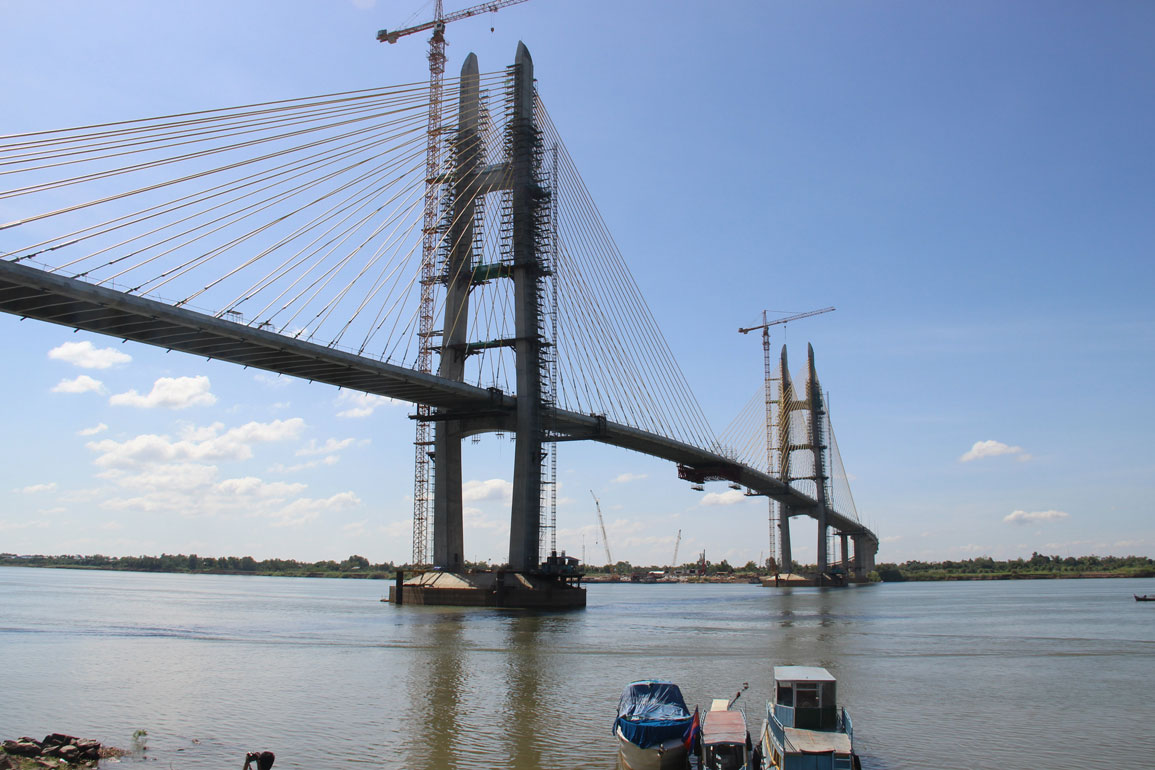Kampong Speu Province Welcomes New Cement Giant: Factory Inaugurated with Investment Over USD250 Million
Kampong Speu Province is set to bolster its industrial landscape with the recent inauguration of a large-scale cement factory, officially opened on May 20, 2025, under the leadership of Prime Minister Hun Manet. The factory, located in Oral District, represents a significant investment of over USD 250 million by Conch KT Cement Company, marking […]
Innovative Collaboration Aims to Transform Rainwater into Drinking Water for Cambodian Hospitals
In a groundbreaking initiative, the Royal Academy of Cambodia, alongside Seoul National University from the Republic of Korea and the international organization Rain For All (RFA), is embarking on a pioneering project to recycle rainwater for drinking purposes at public hospitals across Cambodia. On May 16, 2025, a significant meeting took place, led by […]
US-Cambodia Trade Relations Take a Positive Turn
In a significant move to bolster economic ties, the US Congress has thrown its full support behind expanding trade and investment activities in Cambodia. This commitment was solidified during a meeting on May 16, 2025, between HE the Deputy Prime Minister and First Vice President of the Council for the Development of Cambodia and […]
Takeo Province Leads the Charge in Job Creation and Investment Attraction
Takeo Province is making significant strides in attracting investment, with nearly 800 factories currently operating, creating substantial job opportunities for the local population. His Excellency Wei Samnang, Governor of the Takeo Provincial Government, emphasized this commitment during a meeting with over 500 workers in Por Pel Commune, Tram Kak District, on May 18, 2025. During […]
Japan Enhances Investment Commitment in Cambodia’s Economic Future
In a significant step aimed at bolstering investment opportunities in Cambodia, the Japan Development Institute (JDI) has announced its support for the establishment of special economic zones (SEZs) in the country. This initiative is designed to attract a greater influx of Japanese investors, marking a pivotal moment in Cambodia’s economic development. The announcement came […]
US Government Explores Financing for Techo International Airport Project
The United States government is evaluating potential financing options for the construction of the Techo International Airport in Takhmao, with the first phase scheduled to open on July 10, 2025. This development was reported by Nikkei Asia on May 16, 2025. According to sources, the U.S. Development Finance Corporation (DFC), an agency under the Department […]



 ខ្មែរ
ខ្មែរ







